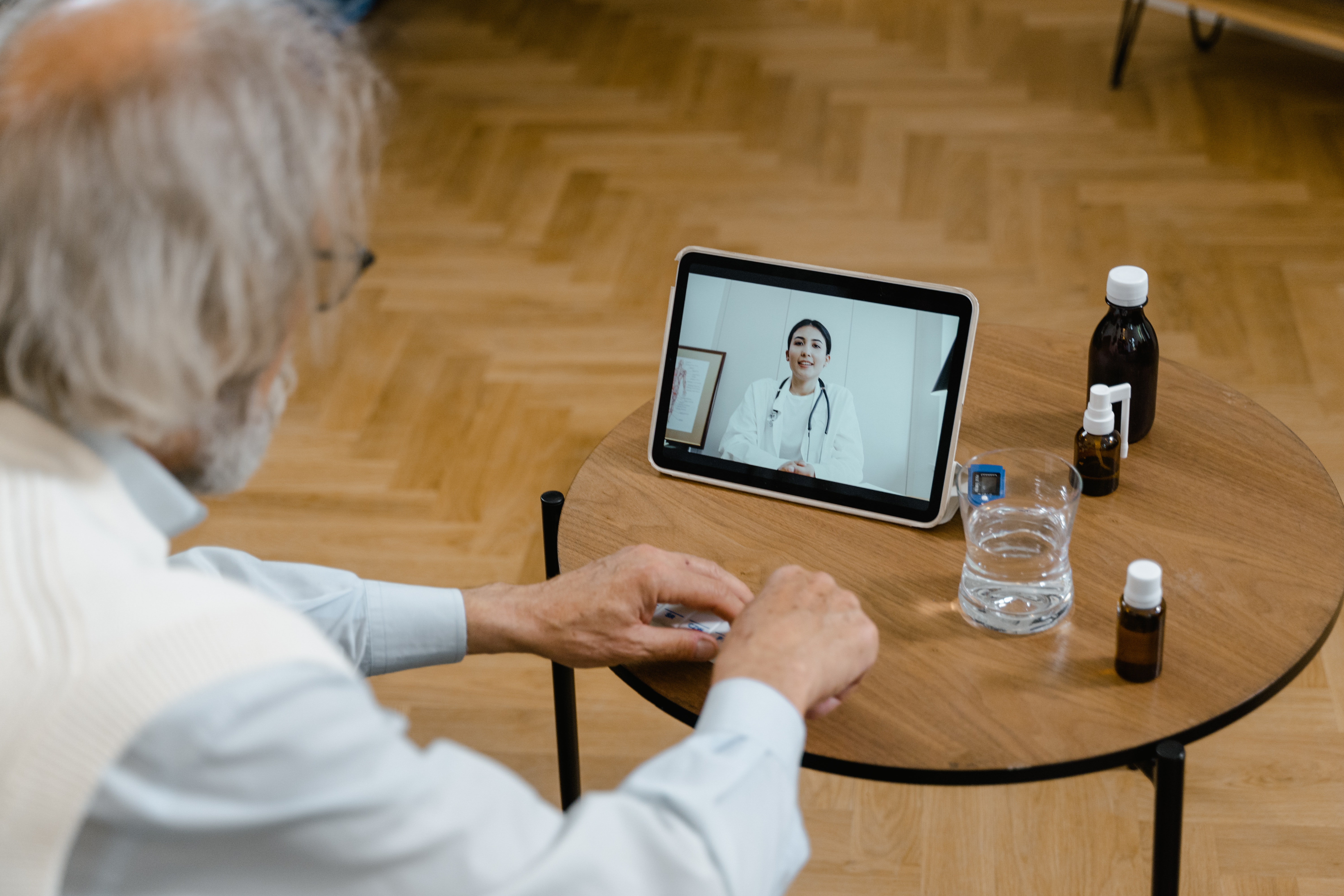Episode Overview
Social determinant of health (SDoH) factors have a great influence on the quality and care management of a population’s health. As technology advances to better capture SDoH factors, clinicians can explore new ways to integrate this data into clinical workflows to proactively identify patients at high risk for adverse outcomes – resulting in better quality care.
On this episode of Value-Based Care Insights, host Daniel J. Marino and Amy Valley, Vice President of Clinical Strategy and Technology Solutions at Cardinal Health, discuss the importance of incorporating social determinants into care management.
Key Takeaways:
- There are five main categories of SDoH: medical, environmental, physical, behavioral and social. These factors create a proliferation of data that can be difficult for clinicians to manage, however, new technology aims to identify the signals of a potentially high-risk situation for a patient.
- SDoH provide a perspective into health conditions - and incorporating these factors into clinical workflows help to proactively identify patients at risk for adverse outcomes.
- The recent staffing shortages are forcing organizations to re-evaluate their approach to navigating care. Analytic platforms are a necessity to support care delivery. These tools have been proven to increase efficiencies and improve clinical outcomes.



